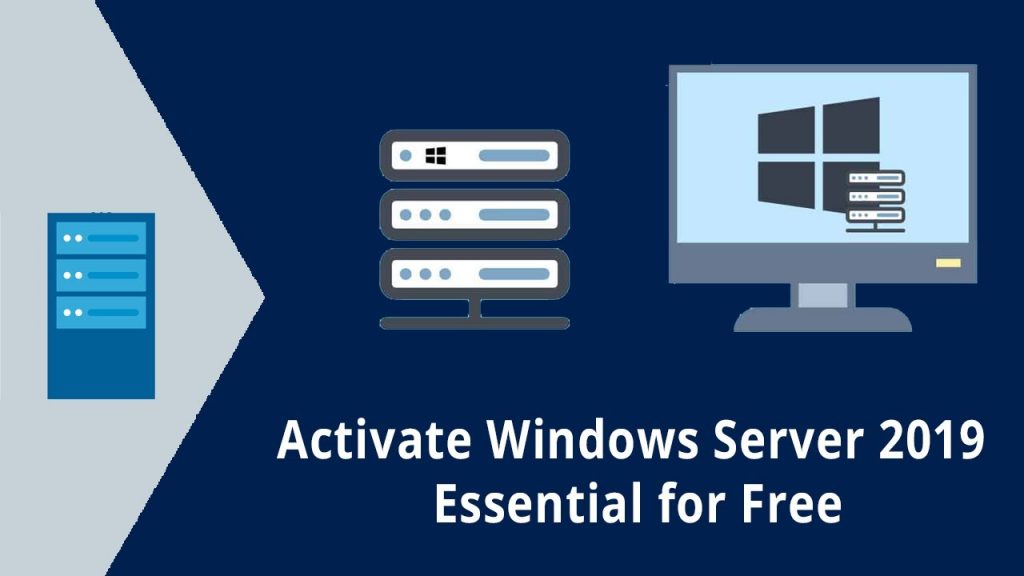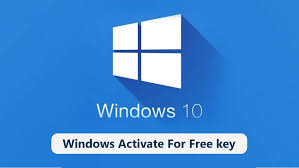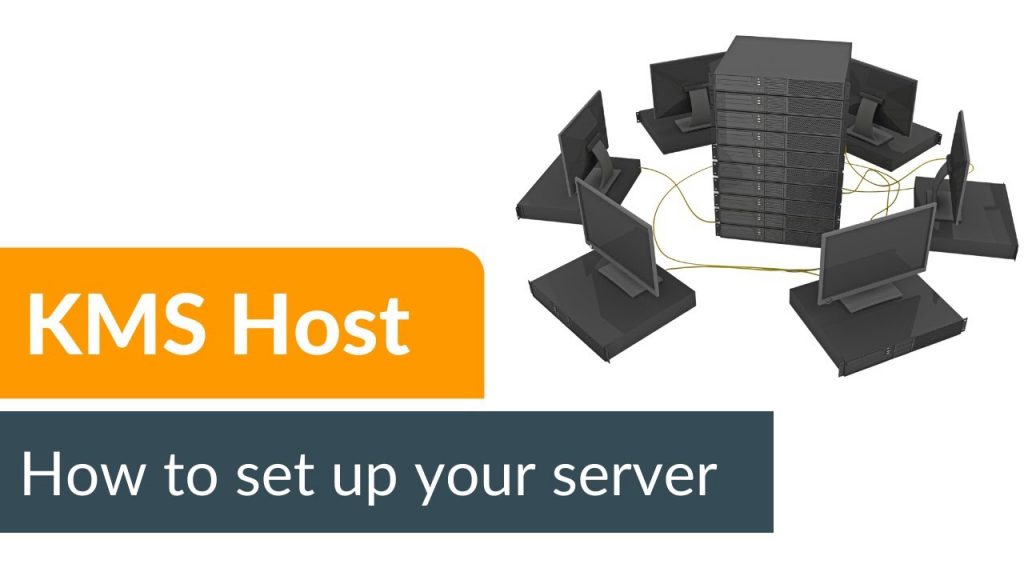What is a KMS Server?
A KMS (Key Management Service) Server is a computer that Microsoft Windows operating systems and Microsoft Office products can activate against. KMS Server Windows is designed for use in a centralized environment where multiple client computers must be activated. KMS Windows Server activation allows organizations to activate products on their local network rather than individually activating each computer with Microsoft.
- What is a KMS Server?
- How to Install Volume Activation Services Role on Windows Server
- How to Activate Windows Server 2022 using KMS
- Activating Windows 10 with KMS
- Activating Windows Editions with KMS
- Setting up KMS Server on Windows Server
- Troubleshooting KMS Activation Issues
- Managing KMS Server and Licenses
- Best Practices for KMS Activation
- FAQS
How to Install Volume Activation Services Role on Windows Server

To set up a Key Management Service (KMS) server for volume activation on a Windows Server, you need to install the Volume Activation Services role. Follow these steps:
- Open Server Manager:
Navigate to “Manage” and select “Add Roles and Features.”
- Role-Based or Feature-Based Installation:
Add Roles and Features:
- Select a Server:
Launch Server Manager on your Windows Server.
- Select Server Roles:
Select “Volume Activation Services,” then click “Next.”
- Complete the Installation:
Once the installation is finished, click “Close.”
- Confirm Installation:
Double click the software and open to confirm whether the installation was successful
How to Activate Windows Server 2019 using KMS
To activate Windows Server 2019 using the KMS host key server 2019, ensure the server is connected to the network and can reach the KMS host. Then, follow these steps:
Open the Command Prompt with administrative privileges on the Windows Server 2019 on our website.
Run the command to configure the KMS client to use the KMS server 2019
Next, activate Windows using the KMS client key for Windows Server 2019 download
How to Activate Windows Server 2022 using KMS

Activating Windows Server 2022 using KMS
The activation process for Windows Server 2022 is similar to that of Windows Server 2019. Ensure the server is connected to the network and follow these steps.
Steps to Activate Windows Server 2022 using KMS
Open Command Prompt as an administrator on the Windows Server 2022 on our website.
Activate Windows using the KMS host key server 2022 for Windows Server 2022: slmgr /ato2
Activating Windows 10 with KMS
For Windows 10 activation using KMS client key for Windows 10 download, follow these steps:

- Open Command Prompt with administrative rights on the Windows 10 client.
- Set the KMS server: slmgr /skms <KMS_Server_IP_Address>
- Activate Windows using the KMS client key for Windows 10: slmgr /ato
Activating Windows Editions with KMS
KMS client key install can activate multiple editions of Windows. Use the appropriate KMS Client Key for each edition you want to activate. Setting up free KMS Server on Windows Server: As mentioned earlier, install the Volume Activation Services role on a Windows Server to set up the KMS server.
Setting up KMS Server on Windows Server
To set up a KMS (Key Management Service) server on a Windows Server system for activating Microsoft products, follow these steps:

- Obtain the KMS Host Key: Log in to our Volume Licensing Service Center (VLSC) to retrieve the KMS Host Key for the respective Windows Server version (e.g., Windows Server 2016). This key is essential for activating the free KMS servers free.
- Install KMS Server Role: Open the Server Manager on the Windows Server machine and navigate to the “Add Roles and Features” wizard. Select the “Key Management Service” role and proceed with the installation KMS activator Windows server 2019 download file.
- Activate KMS Server: After the role installation, use the obtained KMS Host Key to activate the KMS server. Open an elevated Command Prompt and run the command
- Set KMS Server Name: Configure the KMS server to listen to a specific DNS name.
- Activate KMS Service: Activate the KMS service.
- Verify KMS Activation: Verify the KMS Windows Server 2019 activation status.
Troubleshooting KMS Activation Issues
- Check Connectivity: Ensure that the KMS server and client machines can communicate with each other over the network. Check for any firewall or network-related issues.
- DNS Configuration: Verify the DNS settings on the client machines to ensure they can resolve the KMS server’s DNS name.
- Firewall Exceptions: Ensure the KMS server has necessary inbound and outbound firewall rules to allow server 2022 KMS activation requests.
- Verify KMS Host Key: Double-check the KMS Host Key used during the KMS server setup. An incorrect key can lead to activation failures server 2024 KMS.
- Time Synchronization: Verify that the KMS server and client machines have accurate time settings, as time discrepancies can cause activation issues.
- Licensing Count: Ensure you have the required number of clients to meet the minimum threshold for KMS server 2022 activation. KMS requires a minimum count of clients (typically 25) before activation occurs.
- Event Logs: Check the Event Viewer on the KMS server and client machines for any activation-related errors or warnings.
Managing KMS Server and Licenses
Once the KMS server is set up and operational, managing it effectively is crucial to maintain a smooth activation experience for Microsoft products. Here are key aspects of managing the KMS server and licenses:
- License Tracking: Regularly monitor the number of activations on the KMS server using the slmgr /dlv command. Keep track of the total count and ensure it meets the minimum threshold required for KMS activation.
- Renewing Licenses: Microsoft KMS Host Keys have a validity period. Monitor the expiration dates of these keys and renew them in the Microsoft Volume Licensing Service Center when necessary.
- Backup and Recovery: Create backups of the KMS server’s activation data and settings to avoid data loss in case of hardware failures or other issues. Plan for recovery procedures to quickly restore the KMS service.
- Managing Clients: Keep an inventory of the client machines using the KMS activation and ensure their compliance with licensing agreements. Deactivate any unauthorized or unused clients to stay within the allowed activations.
- Updating KMS Server: Stay updated with the latest KMS updates and patches Microsoft provides. Regularly check for updates and install them to ensure optimal performance and compatibility.
Best Practices for KMS Activation
- Maintain a dedicated KMS server: Use a separate server solely for KMS activation to avoid potential conflicts.
- Regularly update KMS host keys: Obtain and install the latest KMS host keys for new versions of Windows.
- Monitor KMS server health: Ensure the KMS server is always accessible and functional for client activations.
- Implement redundancy: Have multiple KMS servers to ensure activation availability in case of server failures.
- Keep track of activations: Monitor the number of activations to comply with licensing agreements.
FAQS
Yes, KMS servers can activate previous Windows versions such as Windows 10, Windows 8.1, Windows 7, and Windows Server 2016, among others.
To find the KMS server on Windows 11, use the “slmgr /skms” command in the Command Prompt or PowerShell.
You can install a new KMS host key on an existing KMS server using this website.
The KMS server can activate various Microsoft products, including Windows operating systems (e.g., Windows 7, Windows 10), Microsoft Office suites (e.g., Office 2010, Office 2016, Office 2019), and other volume-licensed products.
No, KMS activation is intended for volume-licensed editions of Microsoft products. If you have a retail copy of Windows or Office, it will require individual activation using the product key provided with the purchase.
Yes, a single KMS server can activate multiple Microsoft products as long as it has the appropriate KMS host key for each product.
